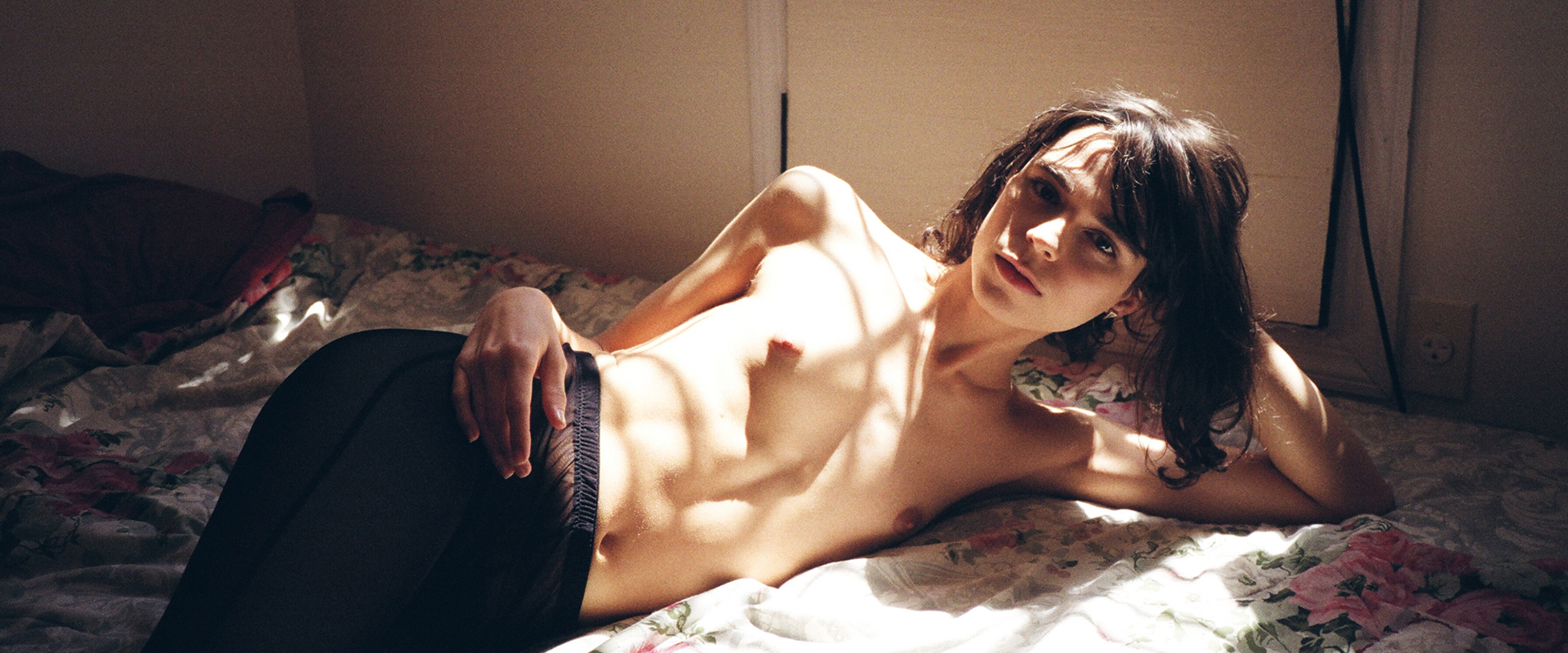Photographer Marie Tomanova’s portraiture is the perfect argument against the age-old cliché that “youth is wasted on the young.” Her latest photo book, New York, New York, provides the reader with slices of the ethereal essence that defines the capital-C City, infused with the attractively messy characters within it. Alongside a powerful intro by art historian Thomas Beachdel, Tomanova personifies sex and play through her strikingly colorful subjects — sharing a vision that could entice any onlooker to relocate to any of the five boroughs. New York, New York launched in autumn in New York, followed by a solo exhibition at C24 Gallery in Chelsea. To get a sense of her approach and creative evolution, Blind sat down with Tomanova to hear more.

You’re getting blind.
Don’t miss the best of visual arts. Subscribe for $9 per month or $108 $90 per year.
Already suscribed ?


